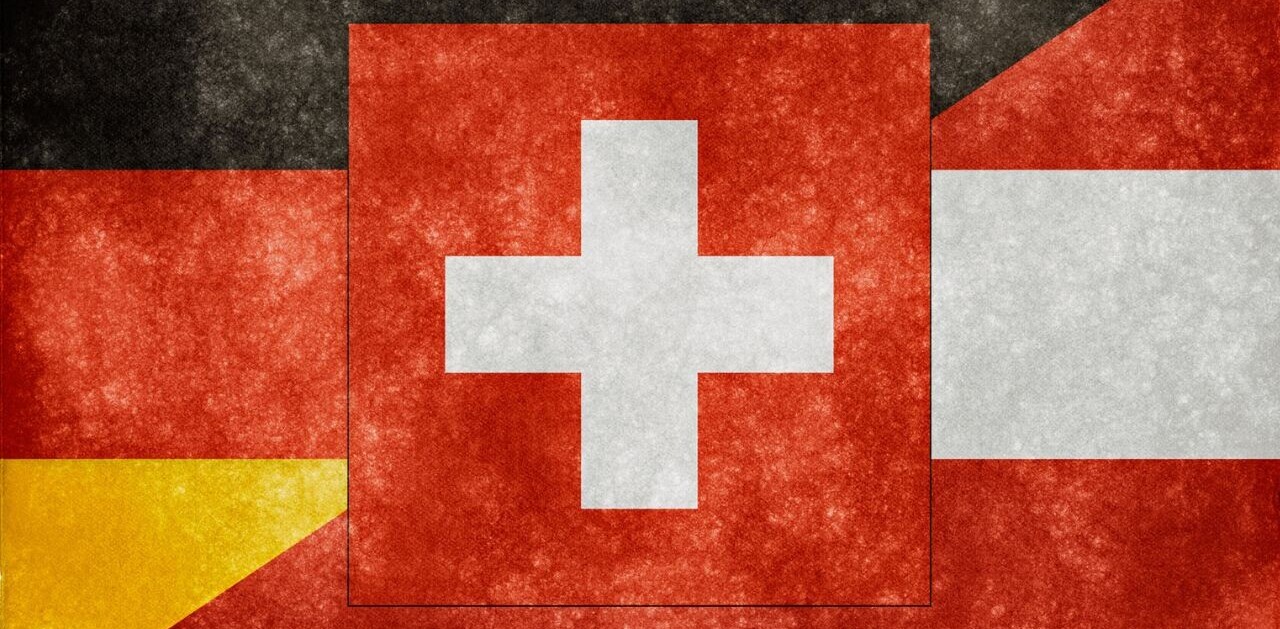
In a world where checking your phone 96 times a day is the norm for some, it’s hard to imagine a life without the internet. With the mainstreaming of fiber broadband and researchers developing 6G technology, sometimes the privilege of easy internet accessibility blinds us to the reality that 37% of the global population (2.9 billion people) still doesn’t have access to the internet.
The not-so world wide web
Ask any technocrat about the internet, and they’re bound to mention how it’s associated with boundless opportunity and the chance to connect with anybody across the world. Unfortunately, countless studies have shown that low access to the internet hinders social mobility and access to opportunities. Internet access is a modern development indicator, signaling that it’s as much a virtual as it is a social divide.
According to a recent UN report, only 57% of people in developing countries are using the internet vs 90% of people in developed countries. In the 46 least-developed countries, almost three-quarters of people have never been online.
With a population of 1.2 billion and a diverse array of 54 countries making up the continent, there isn’t a single narrative that accounts for the lack of internet access experienced in Africa (only 33% of Africans have access to the internet). In Latin America and the Caribbean, 32% of the population are without internet access.
In Asia, the contrast is stark. Tech powerhouses like China, Japan, and India are beacons of innovation. However, across Southern Asia, 25% of people still don’t have access to the internet (including 1.1 billion people without access in India alone), thereby missing out on the critical innovation that is templating and defining that region’s development for the next generations to come.
We often take for granted what internet access does for us but, without it, people are disconnected from basic services, education, and even loved ones.
We had a chat with Dutch serial entrepreneur and founder of Talk360, Hans Osnabrugge, to find out how tech can help even those without connectivity and how to build tools that work for these users. As a recent cohort of Techleap.nl’s Rise Program, an exclusive accelerator for fast-growing Dutch scaleups, the company is proving its potential to make a global impact.
Access for all: a long road ahead
For Osnabrugge, making connectivity simple is a goal he’s passionate about. Since 2016, the CEO of Talk360 has worked tirelessly to make it easy for people to make international calls at affordable prices, even if the receiver doesn’t have access to the internet.
Beyond the sweeping narratives of revolutionary internet access for all in Africa and India, Osnabrugge is looking beyond the hype and fanfare by getting to the core issue: a lack of reliable – or any – connectivity. As he tells The Next Web:
A 5G mast has a smaller coverage than a 3G mast. Ensuring everyone in a city has coverage is one thing, but making sure that it reaches the villages – which is already not being done properly – is just too expensive. And it’s only getting more and more difficult.
Rural-urban inequalities are amplified by the lack of infrastructural support for people living in villages and settlements far away from the hubbub of city life. A lack of reliable power means that those without additional wealth to run a generator are often left without a reliable connection, even with internet access. This lack of infrastructural investment in some parts of the developing world hinders data center investment, which lowers internet accessibility for people living in those regions.
While ensuring everyone has access to the internet is essential, it’s clear that expanding coverage is not something that will happen overnight. While new solutions and infrastructure are being developed for the future, people need tools they can use to keep them connected today.
Most solutions are already there. They’re just not accessible to everybody. [People] say, ‘Oh, they can download [the free apps] on their phone.’
But, in order to use these, both parties must have access to internet coverage and a smartphone.
And it’s not just access in rural areas that’s a problem. The digital divide is magnified in developing countries due to the disparity at either end of the socioeconomic spectrum. In sprawling megacities, internet access is readily available to those in the top echelons of society, but for urban dwellers who may struggle to survive on a few dollars a day, internet access doesn’t come so easily, nor is it top of mind in a life-or-death daily grind.
“Especially migrant communities in developing/emerging markets often have to deal with limited access to the internet because it’s not available, not working, or just too expensive,” Osnabrugge told TNW.
With Talk360, users can call any number across the globe (even a landline) without racking up enormous bills. This means, for example, migrant workers who move to the city or even abroad can still call loved ones based in rural, low-connectivity areas.
Localize your product
Knowing who the Talk360 customer is and understanding their specific needs has helped Osnabrugge navigate this often overlooked area of innovation. One way Talk360 did this was to hire people from local communities in their team. These team members have been invaluable in the product development process providing the insights needed to develop a product that’s accessible and affordable for their users.
As Osnabrugge explained, when building for communities with little access to the internet it’s essential to build a product that’s easy-to-use and not too tech savvy. Leave out the bells and whistles and focus more on building a user-friendly UI.
Language is another important consideration. If you’re able to translate your product into local languages, it’ll help build both accessibility and trust.
It’s also important to remember that some of the payment options we take for granted today will not always work for users with either shaky, expensive, or absolutely no internet connectivity. You need to ensure the payment methods, currency, and pricing actually work for your user.
Affordable denominations are essential, so no minimum of USD $10 when you roll out a service in a township where USD $50 is the monthly wage.
Talk360 supports over 60 online payment methods including vouchers which can be purchased at points of sale, mobile payments, wallets, debit, and credit cards. Osnabrugge also sees potential for other payment methods in the future, saying:
The African payment culture is very diverse, and scattered with cash, wallets, cards, crypto… you have 54 different currencies in Africa. Of course, crypto could be one of the best solutions.
Talk360 has also grown a network of 1.25 million resellers and will unlock its payment platform to more merchants this year, enabling other services to broaden their reach across Africa and beyond. While the world is moving online, it doesn’t mean that connectivity should stop for those who may not readily have the option to use those tools.
Building trust
Even if you’ve solved the connectivity conundrum and you’ve considered how and where your users might be able to access and pay for your services, building trust is one of the most important factors to actually getting users to adopt your tool. As Osnabrugge explained:
Minimizing the trust deficit is key when bringing relevant solutions to these people. Trust does not come easy, especially if your trust is broken too often, and/or your community is neglected by companies and government.
Get the TNW newsletter
Get the most important tech news in your inbox each week.






